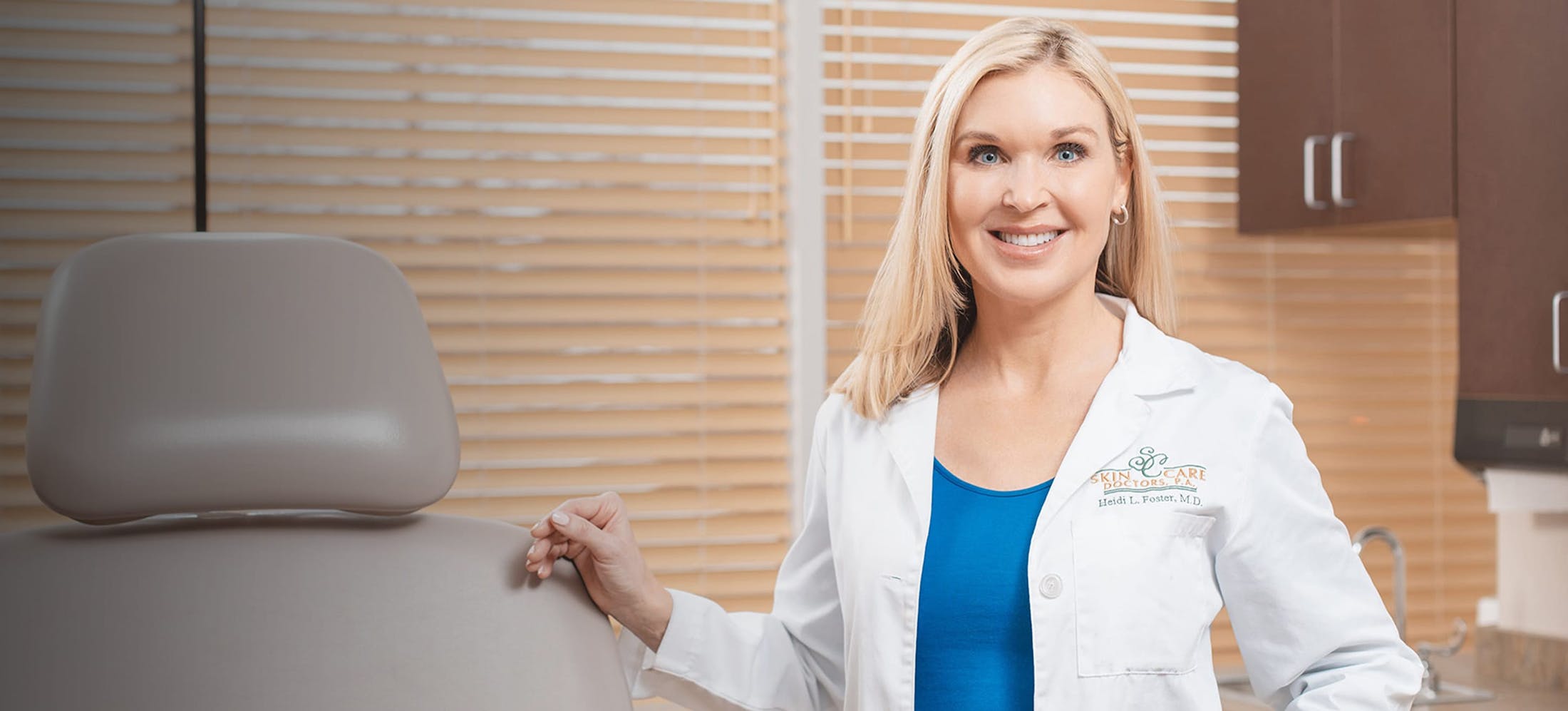If you are living with scars from the persistent acne of your past, our medical providers at Skin Care Doctors can help you regain a smooth and even skin texture and tone.
Who Gets Acne Scars?
Acne scarring can affect anyone who has experienced severe or chronic acne. You may be more likely to develop acne scars than others if you struggle with more severe and persistent acne or you pick at or squeeze your acne lesions. Individuals with darker skin tones may develop post-inflammatory hyperpigmentation (darkening of the skin) after acne, which can contribute to the appearance of acne scarring. Overall, anyone who has experienced acne can potentially develop acne scarring.





